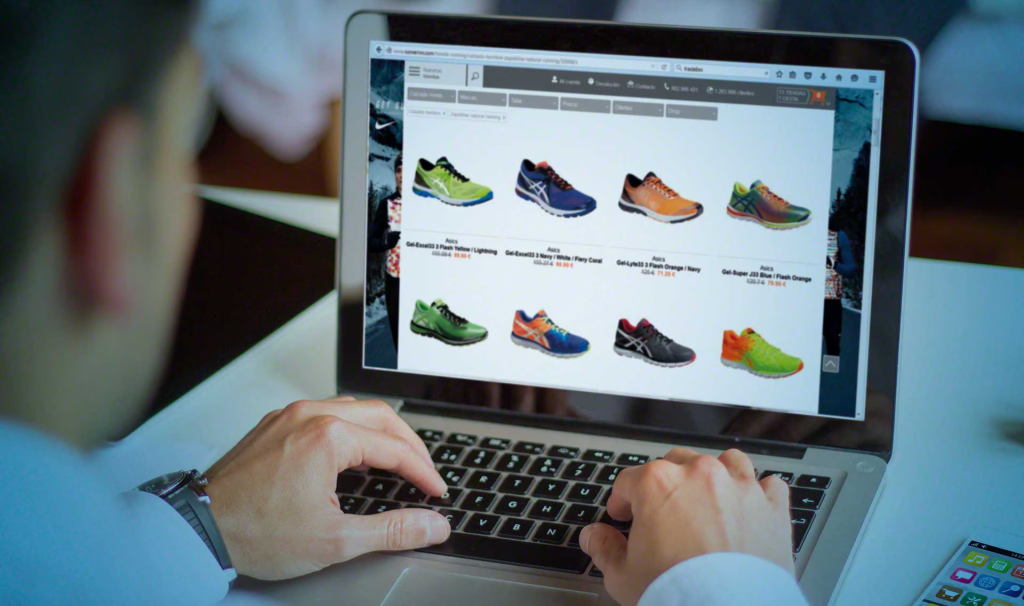In the dynamic world of dropshipping, working with multiple suppliers is becoming increasingly common as it allows for a wider product range and more flexibility. However, managing these multiple suppliers effectively in 2025 comes with its own set of challenges. Here are some strategies to handle them smoothly.

I. Supplier Selection in 2025
1. Research and Vetting
- Online Platforms: Utilize specialized dropshipping platforms and marketplaces that have updated reviews and ratings for suppliers in 2025. Check for recent customer feedback to understand their reliability, product quality, and shipping times.
- Industry Reports: Look into industry-specific reports that analyze trends and performance of different suppliers. These can give you insights into which ones are likely to stay competitive and reliable in the coming year.
- Social Media and Forums: Engage with dropshipping communities on social media platforms and relevant forums. Ask for recommendations and experiences with various suppliers to make an informed choice.
2. Technology and Automation Compatibility
- API Integration: Ensure that the suppliers you choose have updated APIs (Application Programming Interfaces) that can integrate well with your e-commerce platform. This allows for seamless order processing and inventory updates in 2025’s tech-driven environment.
- Automation Features: Look for suppliers that support automation in areas like order fulfillment, tracking updates, and inventory management. This can save you significant time and reduce errors.
3. Sustainability and Ethical Practices
- Green Initiatives: In 2025, customers are more conscious about sustainability. Check if suppliers follow eco-friendly practices in packaging, production, and shipping. Partnering with such suppliers can enhance your brand’s image.
- Ethical Sourcing: Verify that the suppliers adhere to ethical labor practices. This information can be important for building a reputable dropshipping business.
II. Communication and Relationship Building
1. Regular Check-ins
- Scheduled Meetings: Set up regular video or phone meetings with your suppliers in 2025. Discuss upcoming product launches, any changes in demand, or potential issues. This keeps the communication channels open and builds a stronger working relationship.
- Email Updates: Send periodic emails sharing relevant business updates, like new marketing campaigns or changes in your target market. Also, encourage suppliers to do the same so you’re always in the loop.
2. Feedback Loops
- Product Quality Feedback: Provide detailed feedback to suppliers about the quality of products received. If there are any issues, work together to find solutions promptly. In return, ask for their input on how you can improve your ordering and communication processes.
- Customer Feedback Sharing: Share relevant customer feedback, especially regarding products or shipping experiences. This helps suppliers understand the end-user perspective and make necessary improvements.

3. Collaboration on Marketing
- Joint Promotions: Explore opportunities to collaborate on marketing initiatives with your suppliers in 2025. For example, you could run joint social media campaigns for popular products or offer exclusive discounts together.
- Product Bundling: Work with suppliers to create bundled product offers. This can increase the average order value and benefit both you and the suppliers.
III. Inventory and Order Management
1. Centralized Inventory System
- Use of Software: Invest in a reliable inventory management software that can integrate with all your suppliers’ systems. This way, you can have a real-time view of stock levels across different suppliers in 2025, avoiding overselling or stockouts.
- Regular Audits: Conduct regular audits of the inventory data to ensure its accuracy. Any discrepancies should be investigated and resolved quickly with the respective suppliers.
2. Order Routing and Tracking
- Automated Order Routing: Set up an automated system that routes orders to the appropriate supplier based on factors like product availability, location, and shipping costs. This ensures efficient order fulfillment.
- Tracking Integration: Ensure that the tracking information from all suppliers is integrated into your e-commerce platform. Customers can then easily track their orders, improving their shopping experience.
3. Handling Returns and Refunds
- Clear Policies: Have clear return and refund policies in place with each supplier. Make sure these are communicated to your customers as well. When a return request comes in, work with the supplier to process it smoothly and refund the customer promptly.
- Data Analysis: Analyze return data to identify patterns, such as which suppliers have higher return rates or common reasons for returns. Use this information to address issues and improve future product selections.

Effectively handling multiple suppliers for dropshipping in 2025 requires a combination of careful supplier selection, strong communication, and efficient inventory and order management. By implementing these strategies, you can build a successful dropshipping business that benefits from the advantages of working with multiple suppliers while minimizing the associated challenges.




